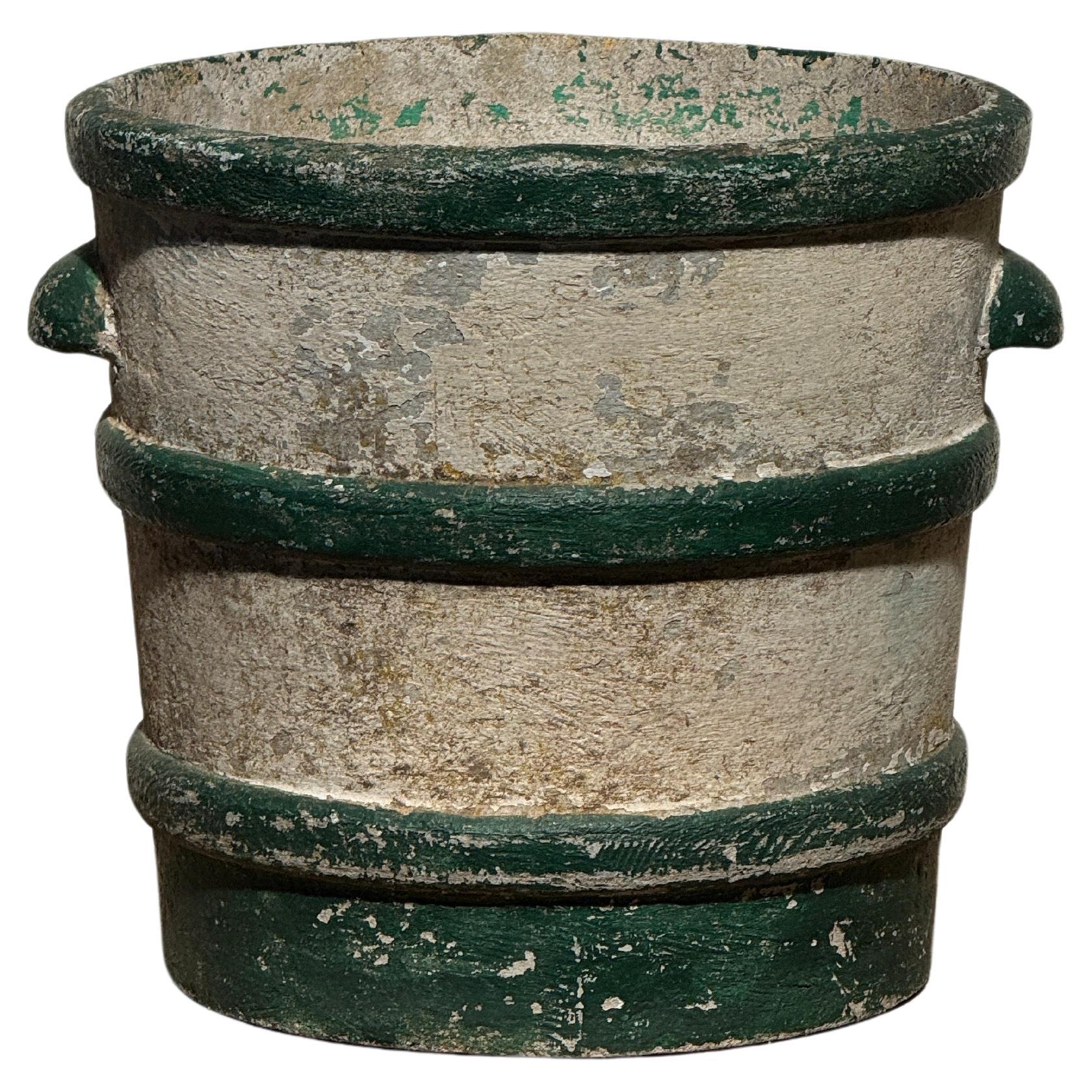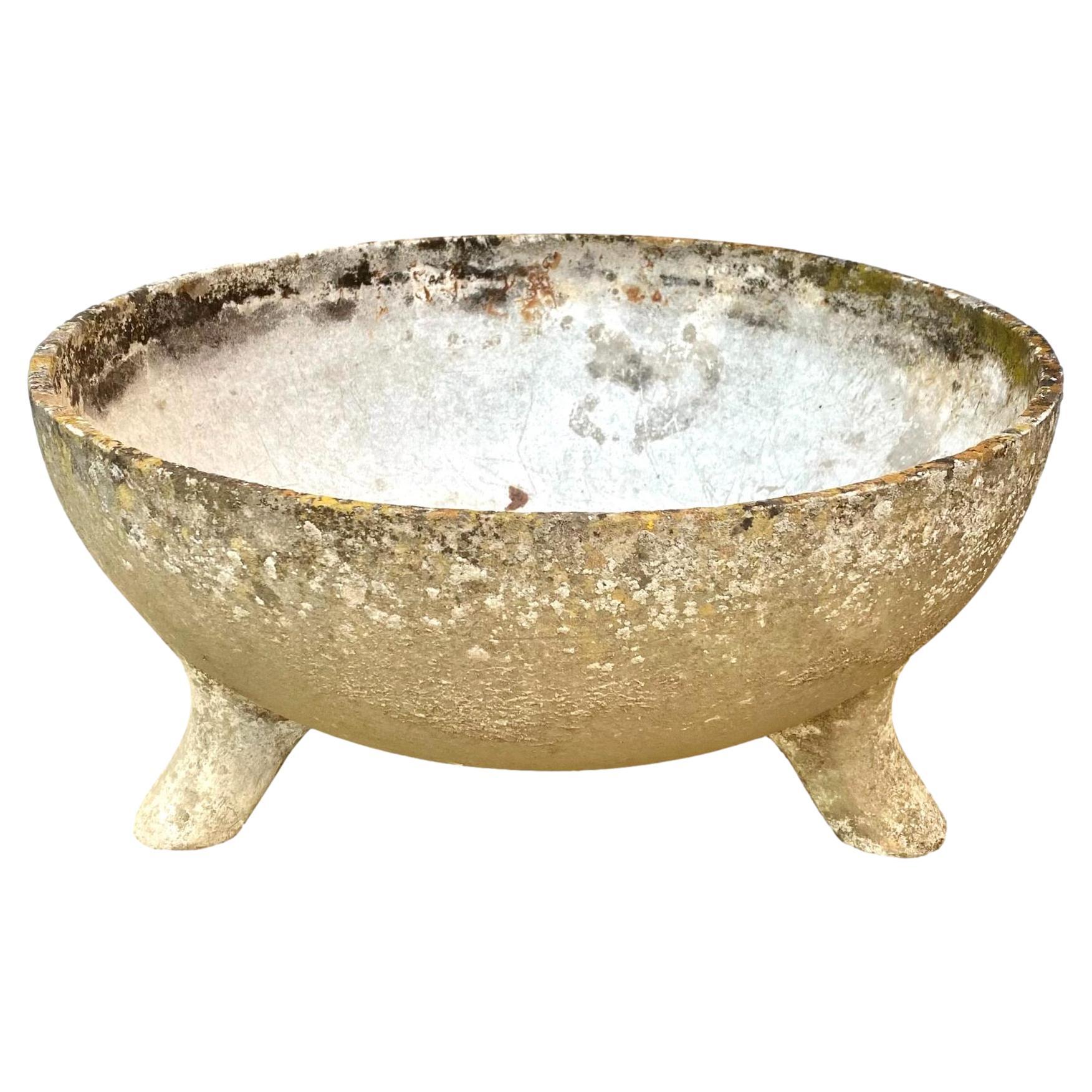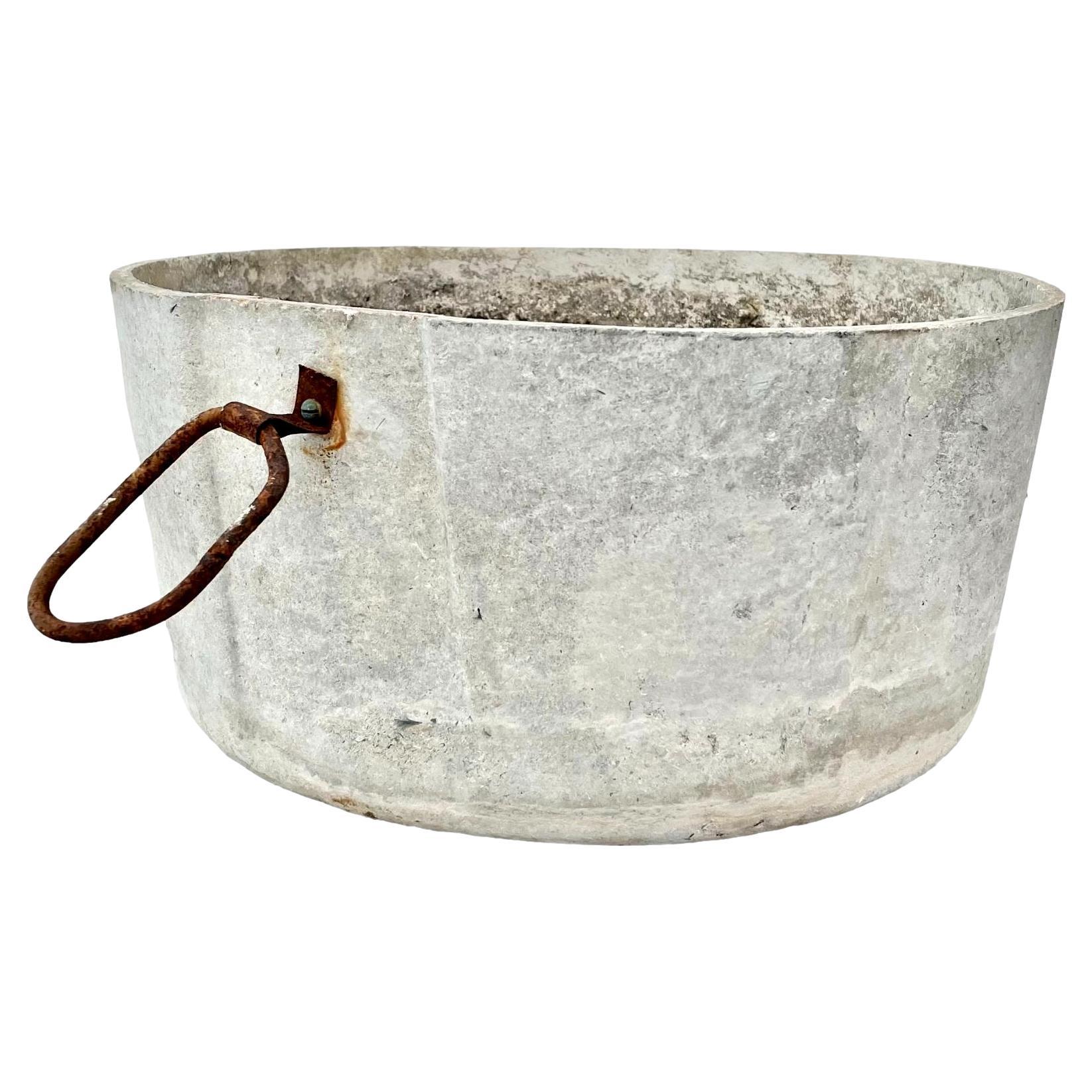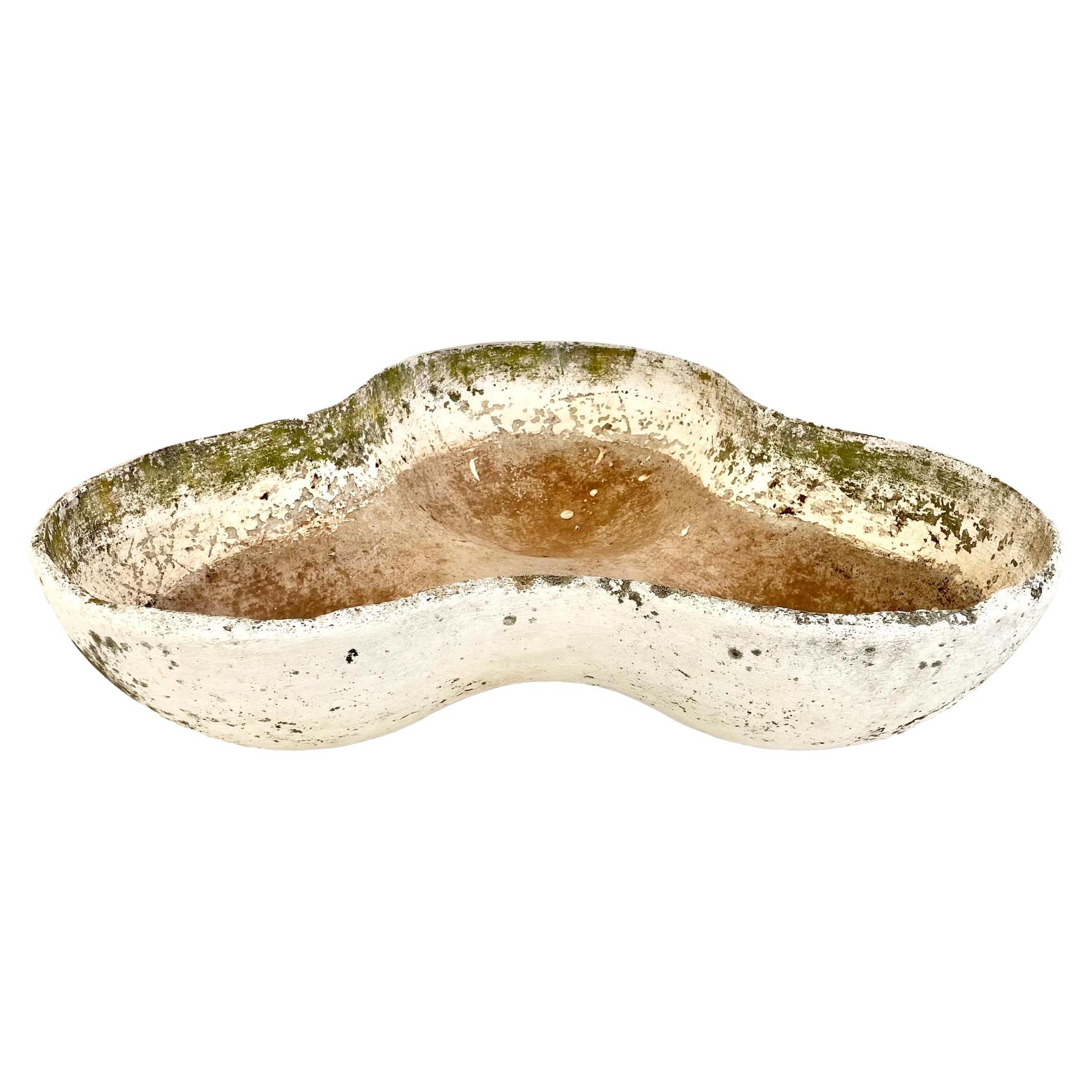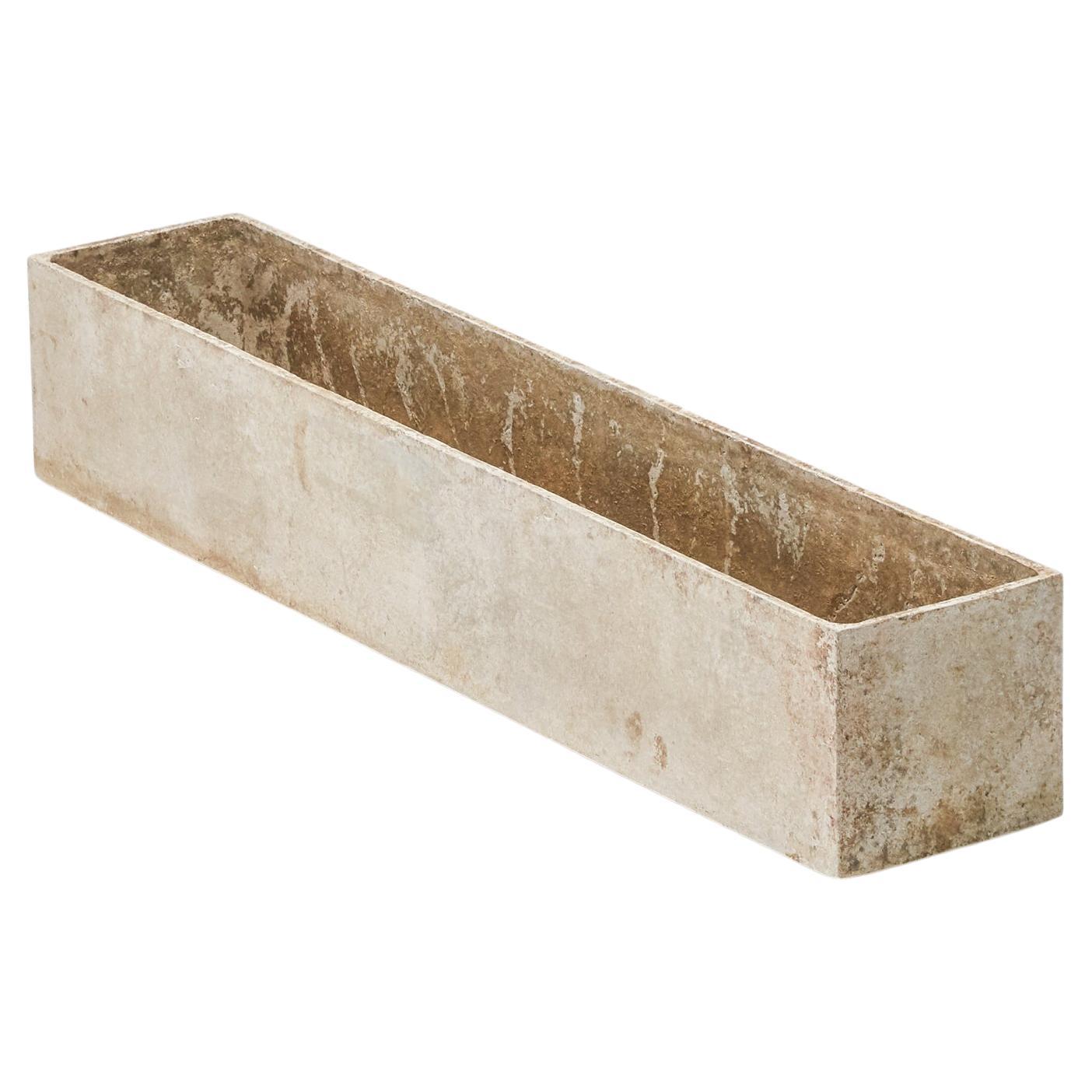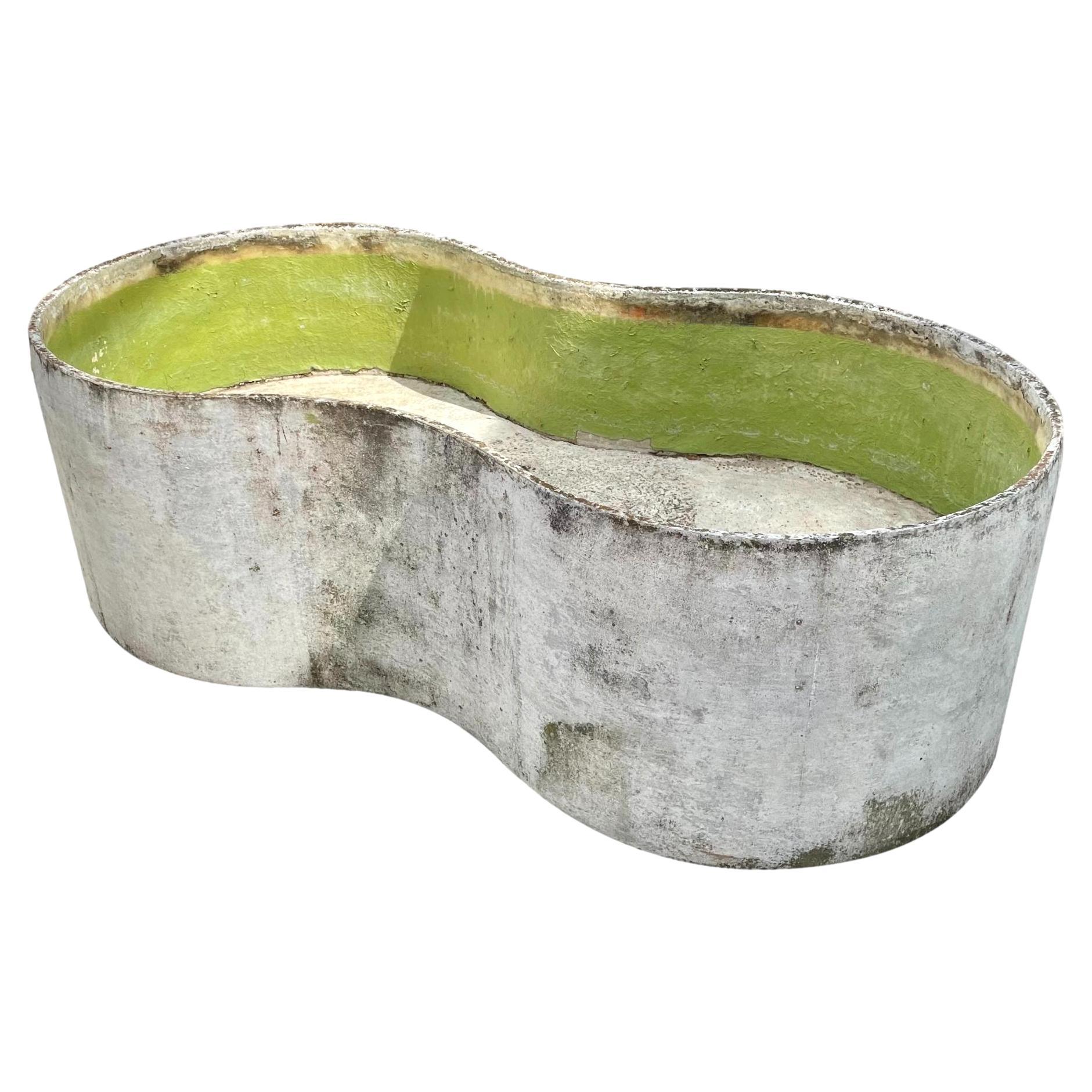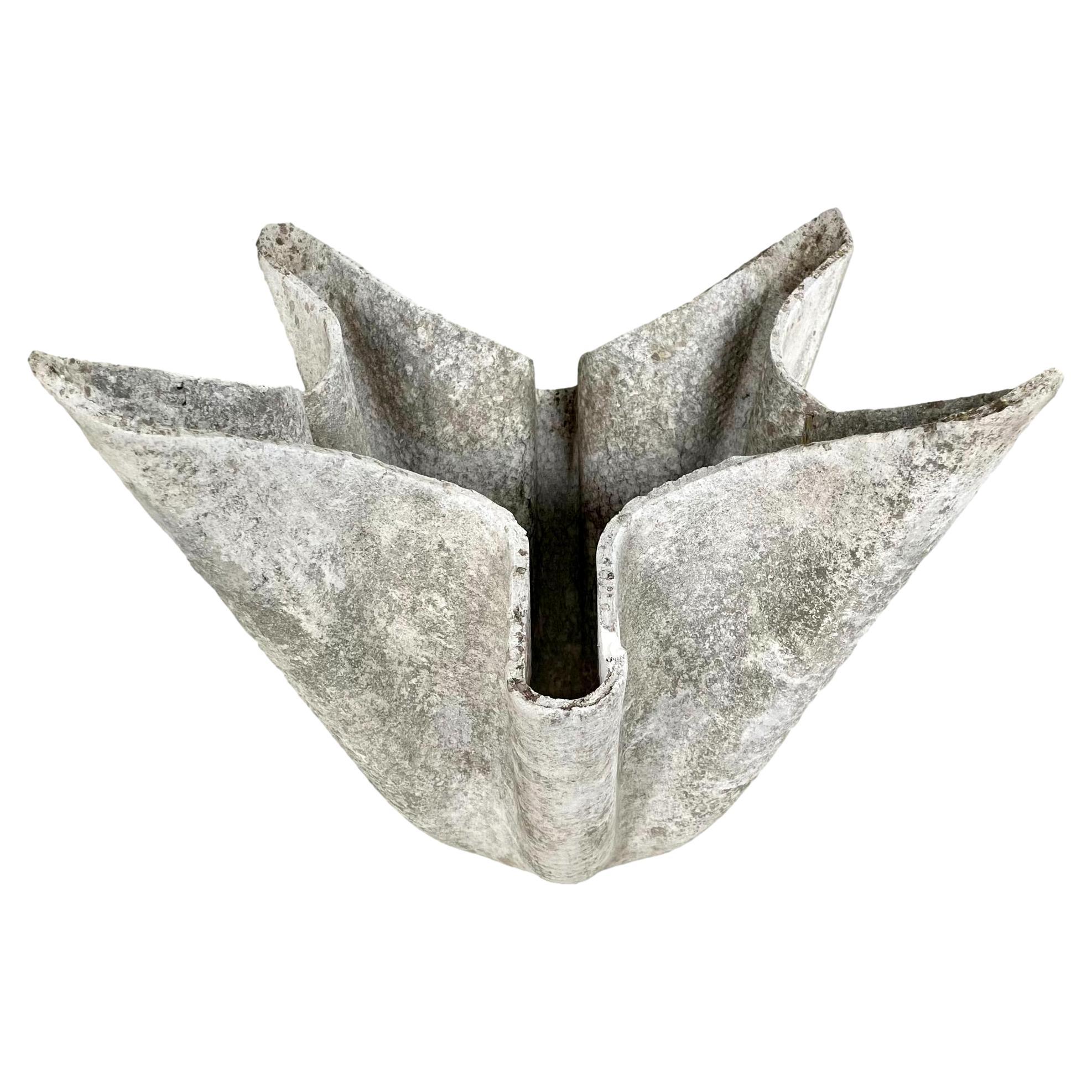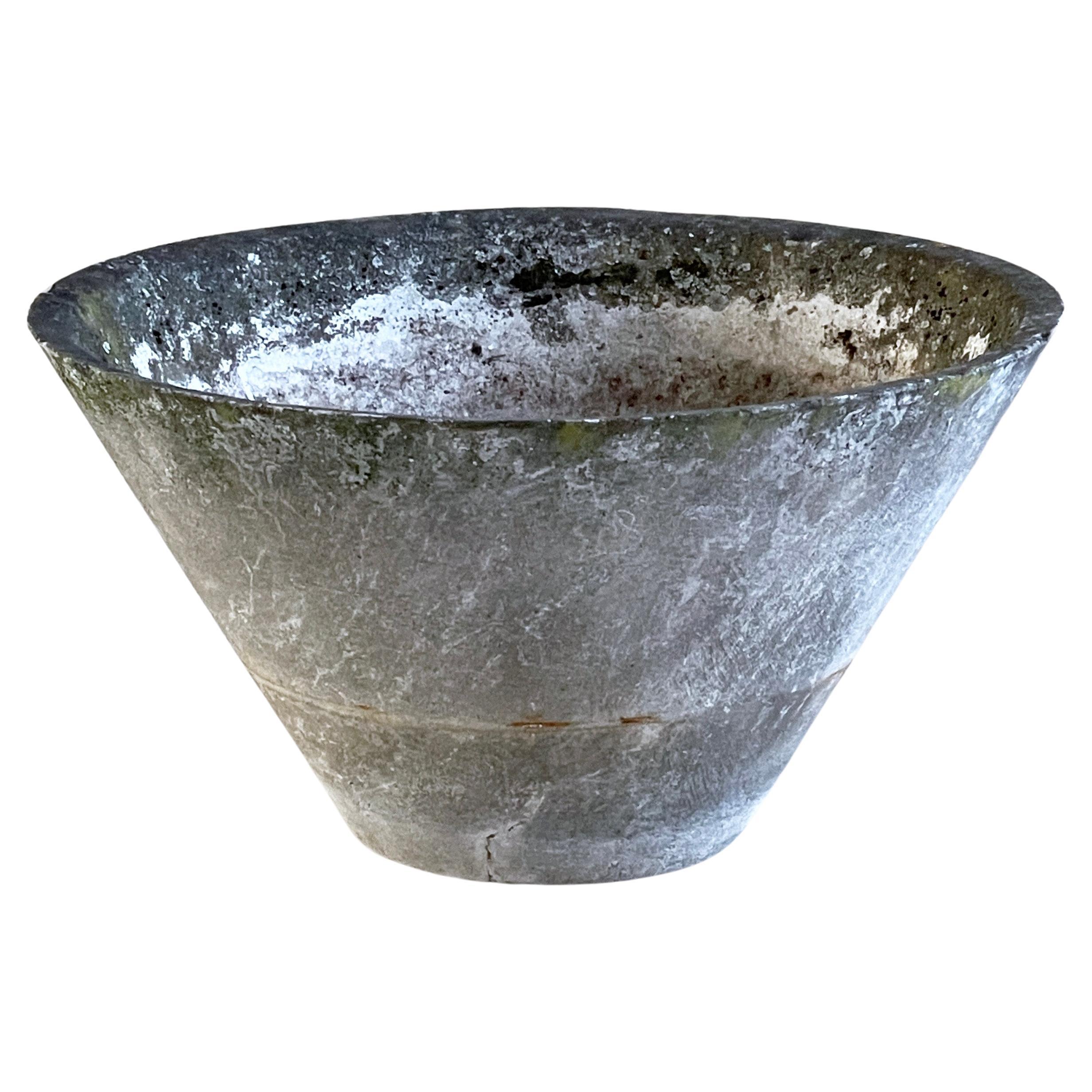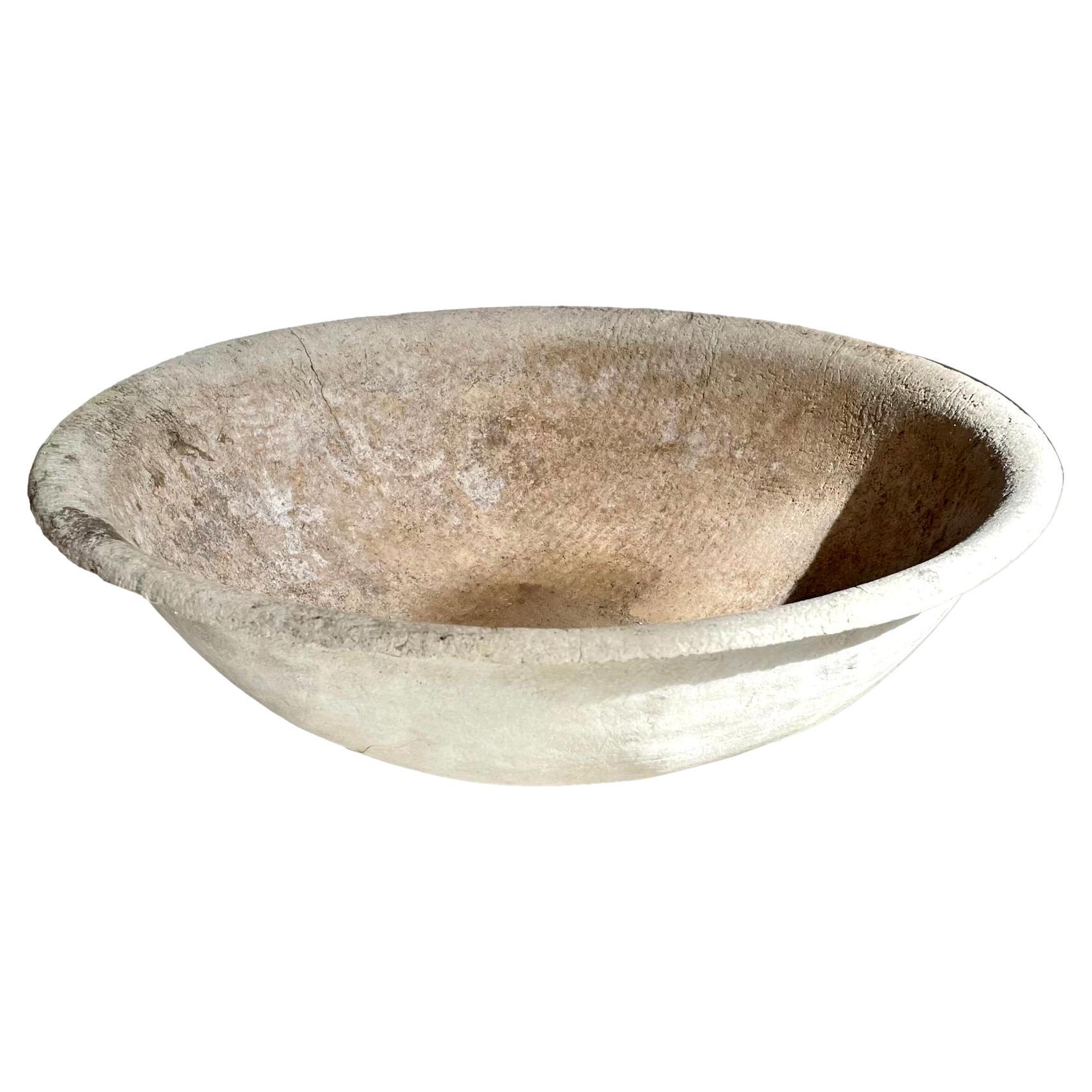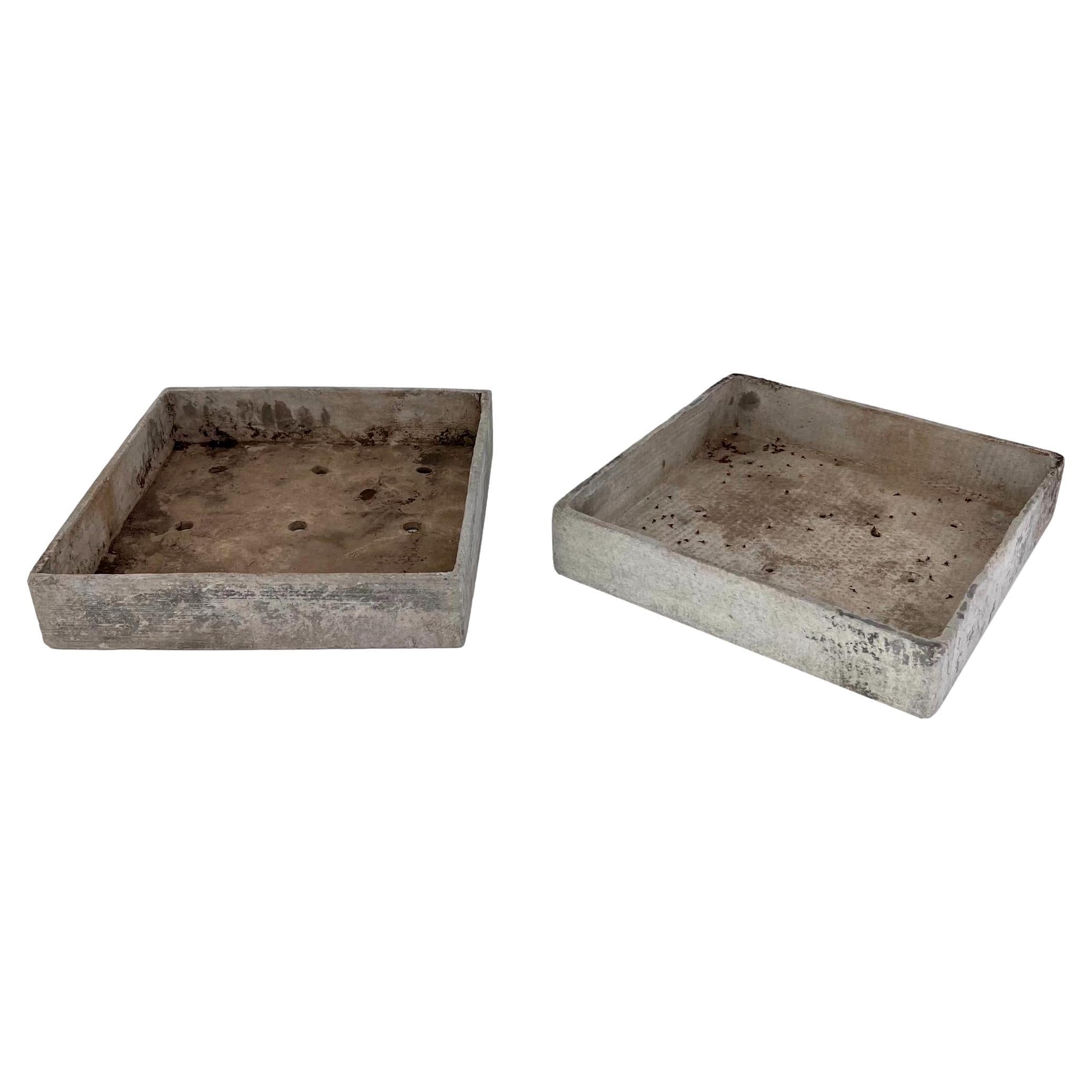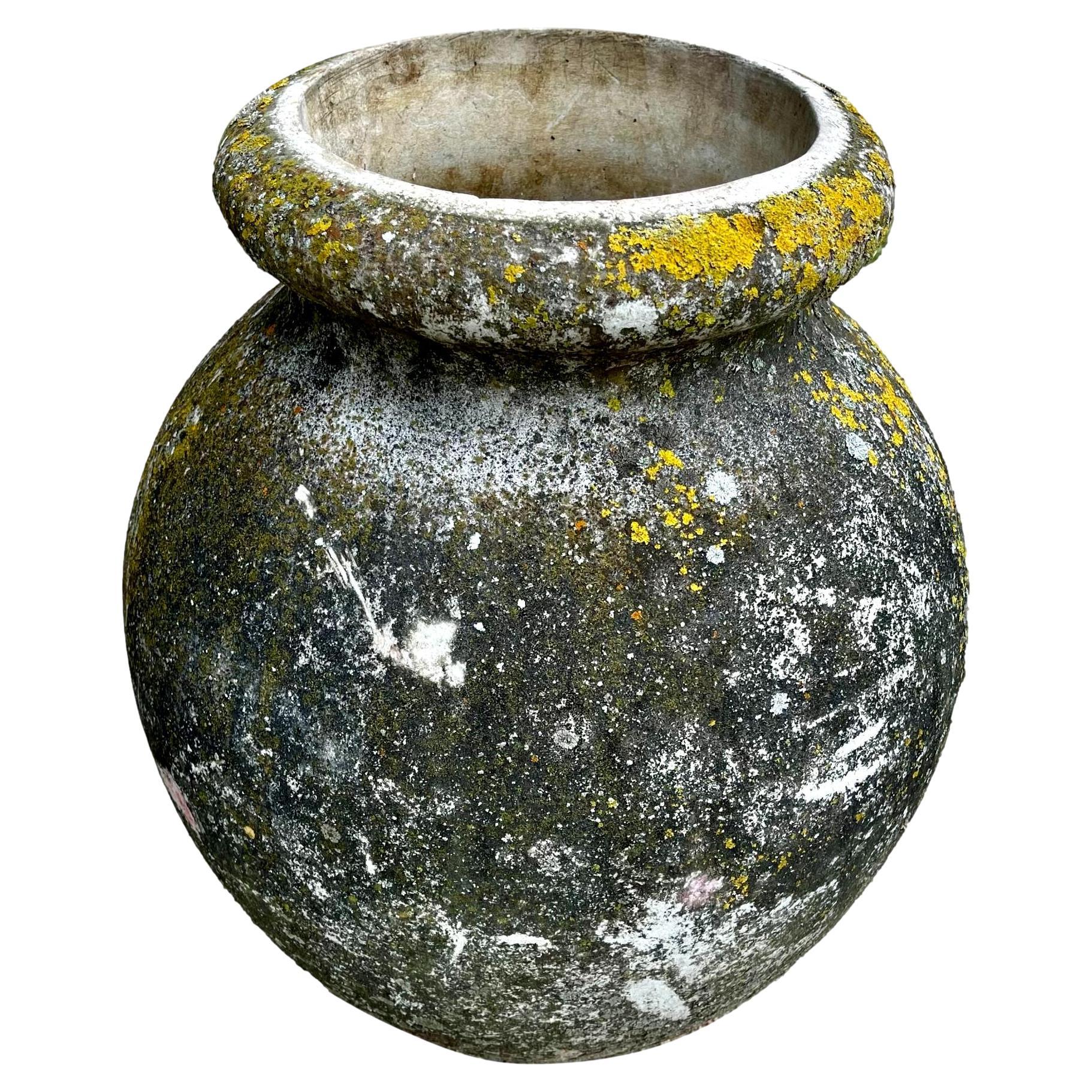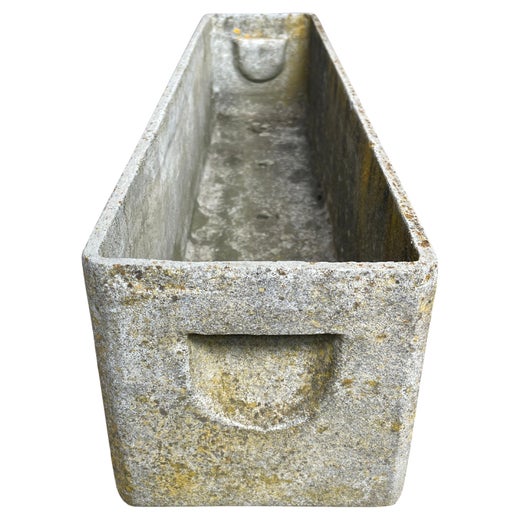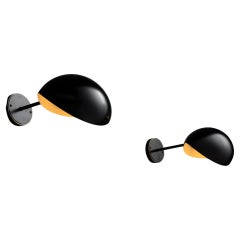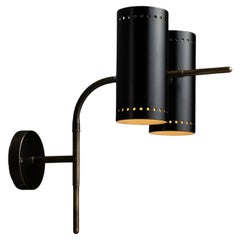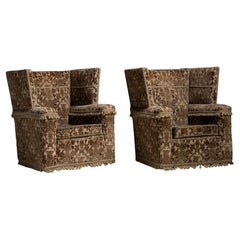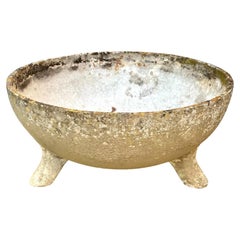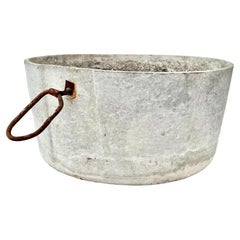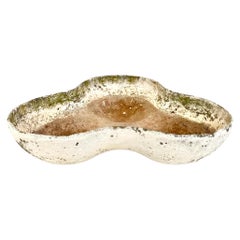
Willy Guhl Planters, Switzerland 1967
View Similar Items
Willy Guhl Planters, Switzerland 1967
About the Item
- Creator:Willy Guhl (Designer)
- Dimensions:Height: 19.5 in (49.53 cm)Diameter: 39 in (99.06 cm)
- Materials and Techniques:
- Place of Origin:
- Period:
- Date of Manufacture:1967
- Condition:
- Seller Location:Culver City, CA
- Reference Number:Seller: GARD6721stDibs: LU878936284102
Willy Guhl
Decades prior to the mass popularity of neo-industrial cement floors and furniture taking shape, there was Willy Guhl. The Swiss creative is considered one of the first “industrial” designers in his home country. He pioneered a rugged, organic style of modern furniture and decor — stylish planters, shapely seating and lots more — that remains widely coveted by many today.
Guhl was born in 1915 in Stein am Rhein and worked as a carpenter before beginning studies at the Zurich School of Applied Arts (known today as the Zurich University of the Arts), where he would go on to teach for nearly 40 years.
While Guhl is well-known for his range of provocative garden elements as well as his patio and outdoor furniture, today’s legion of mid-century modern enthusiasts are likely familiar with the designer’s iconic Loop chair (introduced in 1954). For this sculptural seat and other furnishings, Guhl tended toward industrial materials, which he bent and shaped into organic forms for a striking juxtaposition. Much of his work is crafted from either concrete or Eternit, a mixture of cement and asbestos developed by the Belgian company Etex, which, in the 1950s, commissioned Guhl and his students at the School of Applied Arts to conceive planters in the material. The resulting vessels — some hourglass-shaped, some in the form of handkerchiefs, all suitable for indoors or exteriors — remain some of Guhl’s most collectible pieces.
Guhl’s affiliation with the Swiss “neo-functional” movement centered on the idea of simplifying design without sacrificing form. According to Guhl, his mission was “achieving the most with the minimum of effort.”
In addition to his work as a designer, Guhl left his mark on subsequent creatives through his 39-year tenure at his alma mater, where he was instructor to the likes of Robert Haussmann, Kurt Thut and Bruno Rey. Modern-day shoppers at IKEA owe Guhl a debt of gratitude too. He was an early advocate of flat-pack furniture, championing its ability to make good design more widely accessible.
At its core, though, Guhl’s work was inherently human-centric: “At the center of my efforts, I put people and their living requirements,” he once said. “My products must be useful to people.” Guhl died in 2004 at the age of 89.
Find a range of vintage Willy Guhl furniture and decorative objects on 1stDibs.
More From This Seller
View All21st Century and Contemporary Italian Wall Lights and Sconces
Metal, Brass
21st Century and Contemporary Italian Wall Lights and Sconces
Metal, Brass
20th Century Danish Lounge Chairs
Chrome
Vintage 1940s French Art Deco Armchairs
Velvet
Vintage 1950s Floor Lamps
Metal
20th Century French Coffee and Cocktail Tables
Pine
You May Also Like
Mid-20th Century Swiss Mid-Century Modern Planters and Jardinieres
Concrete
Vintage 1960s Swiss Planters and Jardinieres
Concrete
Vintage 1960s Swiss Planters and Jardinieres
Cement
Vintage 1960s Swiss Planters and Jardinieres
Cement
Vintage 1960s Swiss Brutalist Planters and Jardinieres
Concrete
Vintage 1960s Swiss Planters and Jardinieres
Concrete
Recently Viewed
View AllRead More
Should You Reupholster Your Antique Furniture?
Absolutely, says a design dealer known for his stunning transformations of old furniture with new fabric.
A California Tastemaker Curates a Tudor-Style House Unlike Any Other
Ray Azoulay, a fashion industry veteran who runs a successful L.A. gallery, is a creative force with high-profile devotees, some of whom are lucky enough to work with him on interior design projects.
